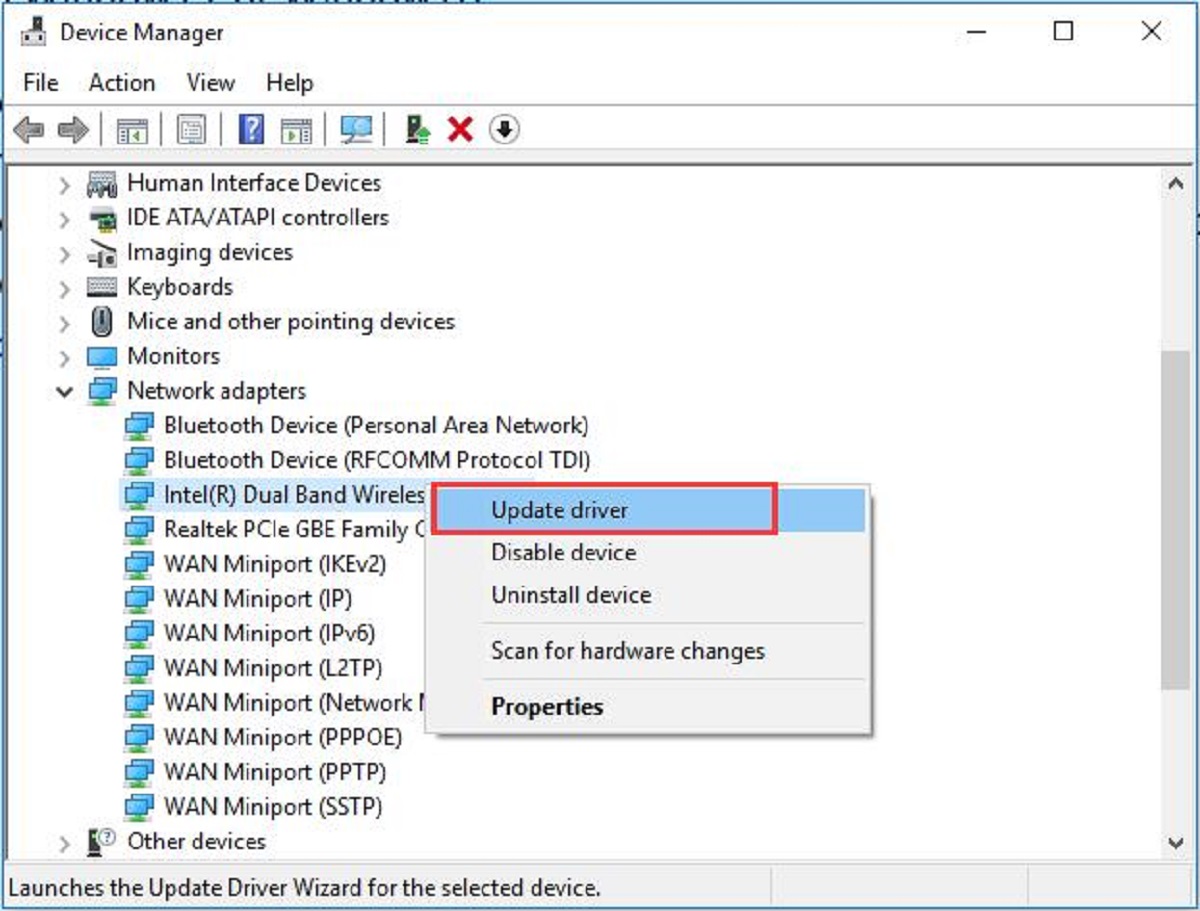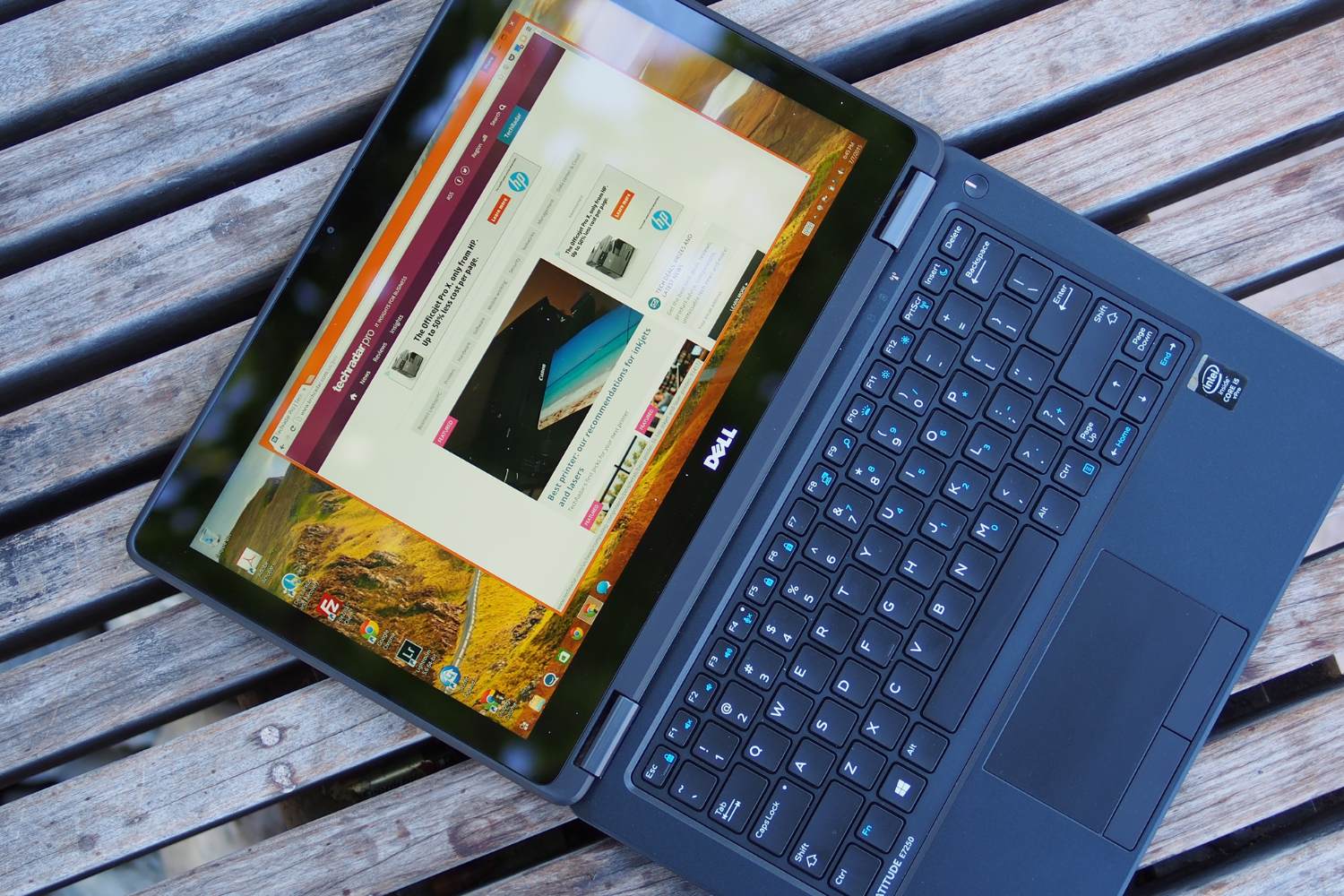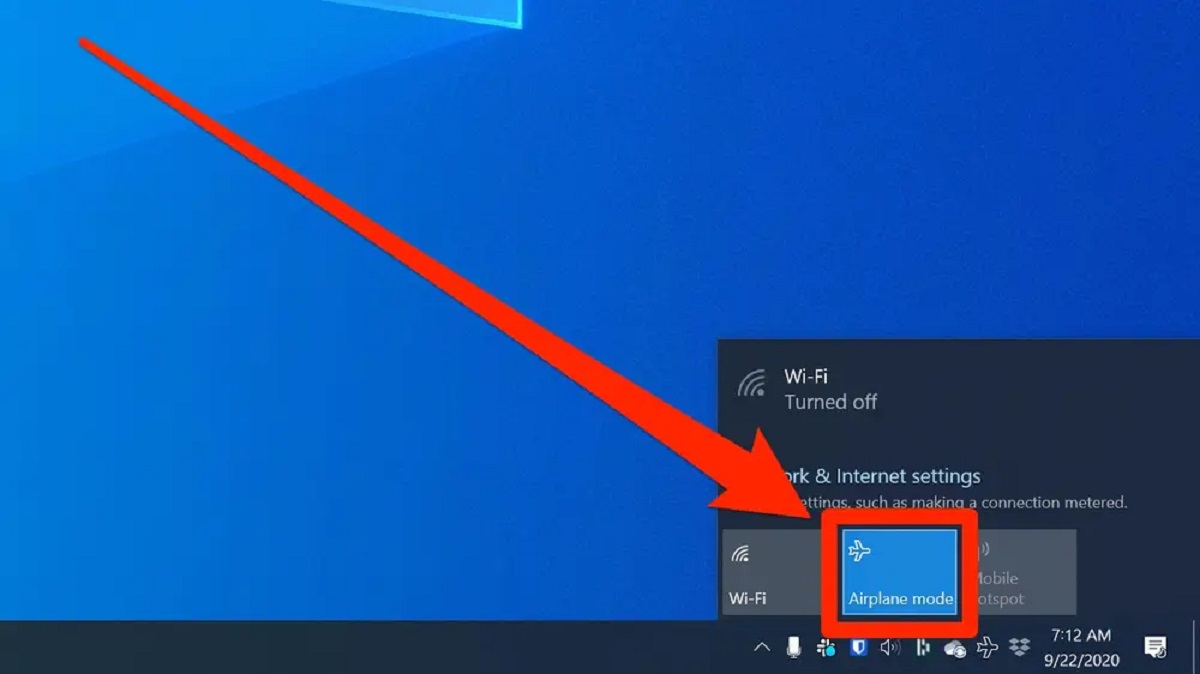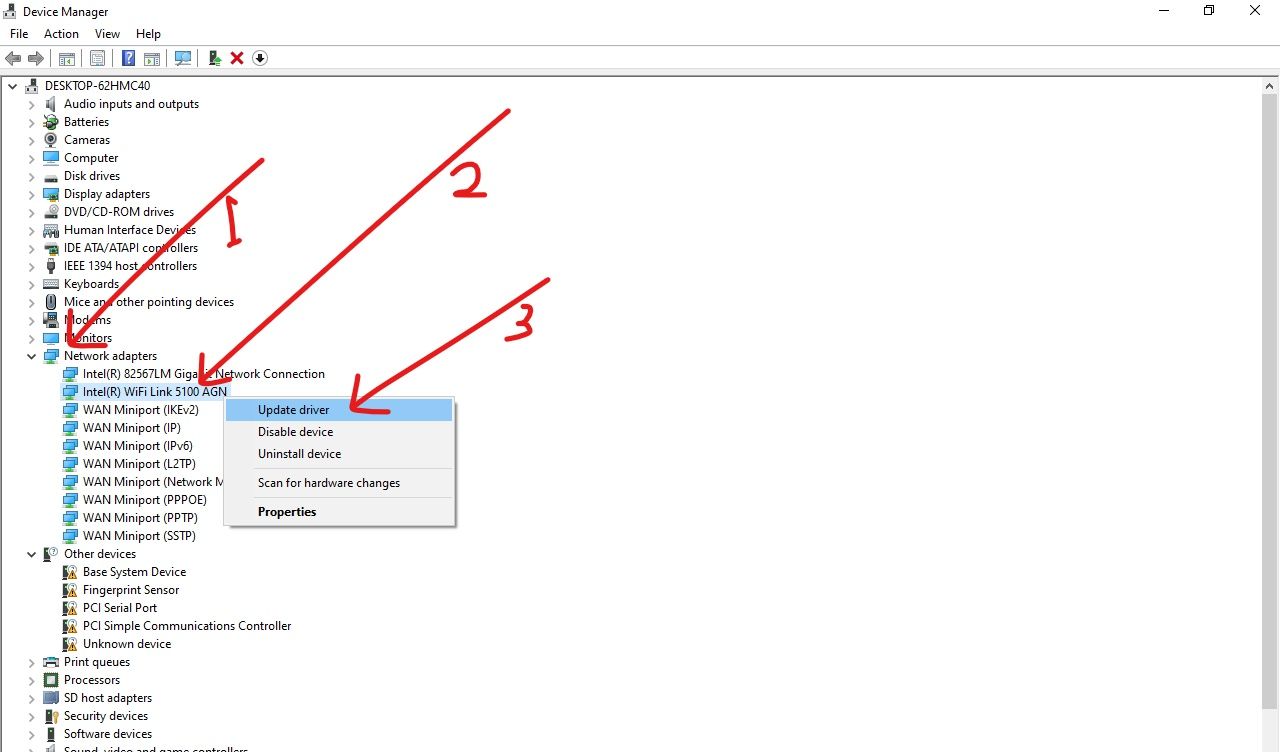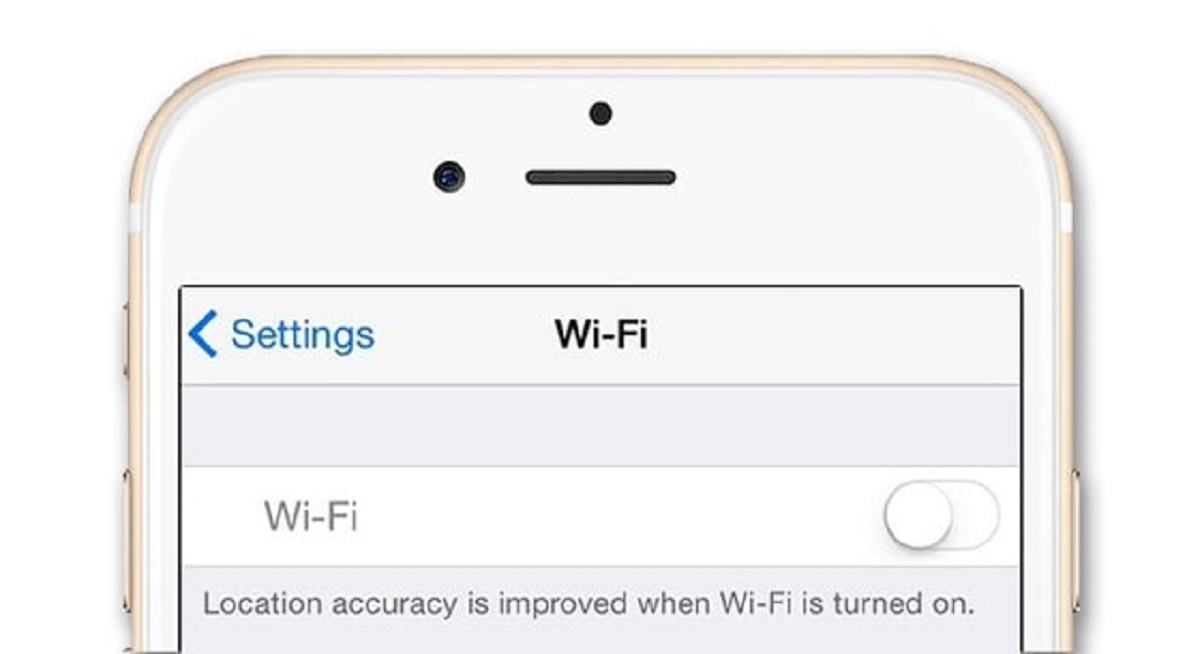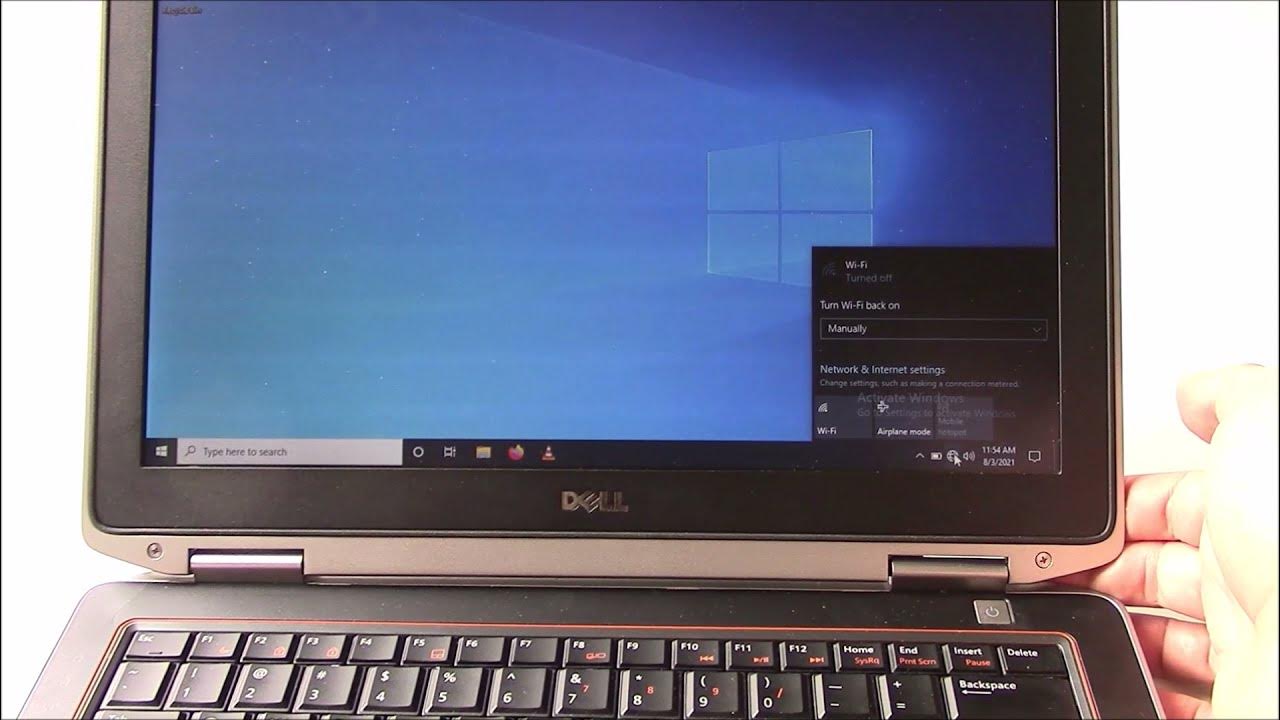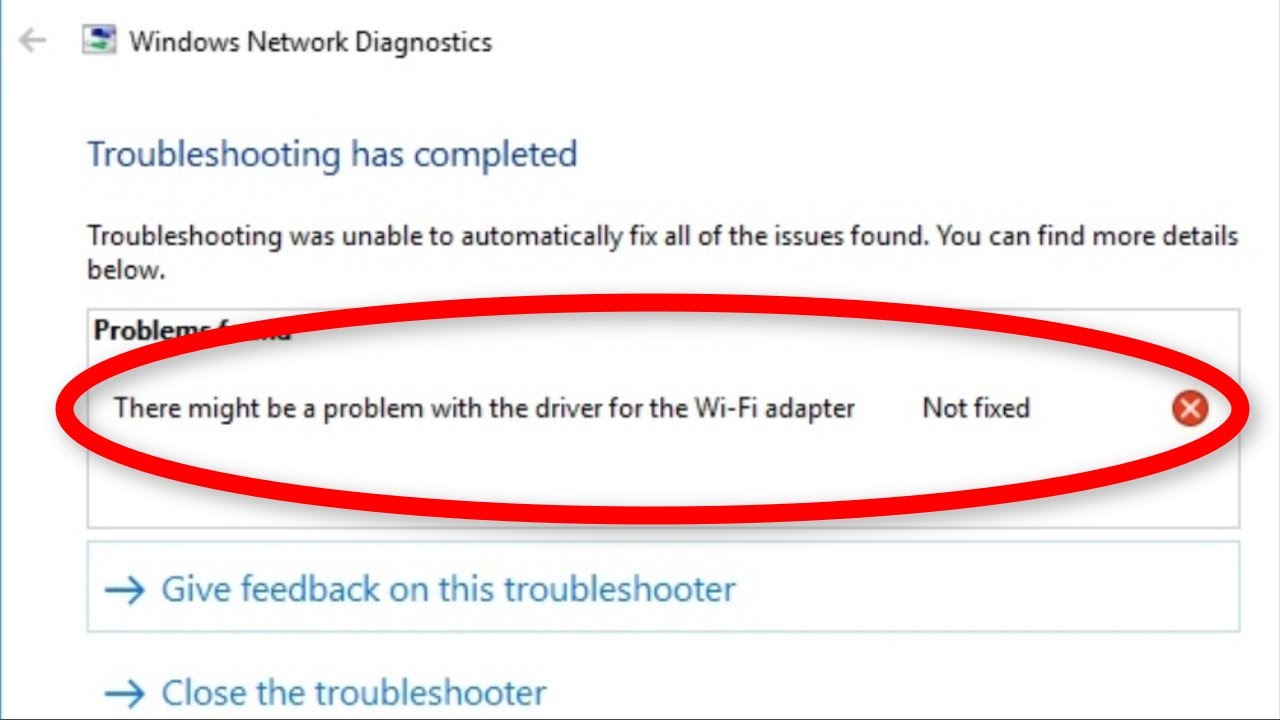Introduction
Welcome to our comprehensive guide on how to update WiFi drivers. Whether you’re experiencing slow internet speeds, frequent connectivity issues, or simply want to optimize your wireless network performance, keeping your WiFi drivers up to date is crucial. In this article, we will walk you through the importance of updating your WiFi drivers and provide step-by-step instructions for doing so on different operating systems.
WiFi drivers, also known as network adapter drivers or wireless LAN drivers, are software programs that enable your computer to communicate with wireless networks. These drivers act as the intermediary between your operating system and your wireless hardware, allowing you to connect to WiFi networks, browse the internet, and stream media wirelessly.
Over time, WiFi driver updates are released by manufacturers to address compatibility issues, improve stability, and enhance performance. By regularly updating your WiFi drivers, you can take advantage of these optimizations, ensuring a seamless and reliable wireless connection.
Outdated WiFi drivers can lead to various issues, including slow internet speeds, intermittent dropouts, and compatibility problems with newer WiFi standards. Updating your WiFi drivers not only helps resolve these issues but also provides access to new features and security enhancements.
Now that we understand the importance of keeping our WiFi drivers up to date, let’s move on to the next section to learn how to check for updated WiFi drivers on your device.
Why Keeping Your WiFi Drivers Updated is Important
Updating your WiFi drivers regularly is essential for several reasons. Let’s explore why it is important to keep your WiFi drivers up to date.
1. Performance Optimization: WiFi driver updates often include performance improvements, bug fixes, and optimized algorithms that can enhance the speed and stability of your wireless network. By updating your drivers, you can experience faster internet speeds, reduced latency, and improved overall performance.
2. Compatibility: Outdated WiFi drivers may not be compatible with the latest wireless standards or protocols. This can lead to connectivity issues, drops in signal strength, and intermittent network disruptions. Updating your drivers ensures compatibility with the latest WiFi technologies, allowing you to take full advantage of new features and improved network performance.
3. Security Enhancements: WiFi driver updates often address security vulnerabilities that can put your network and sensitive data at risk. By installing the latest driver updates, you can protect yourself from potential security breaches and ensure a safer wireless browsing experience.
4. Bug Fixes: Like any software, WiFi drivers can have bugs that affect the overall functionality of your wireless network. Driver updates frequently include bug fixes, resolving issues such as connection drops, network conflicts, and compatibility problems with specific software applications. Updating your drivers can help resolve these bugs, resulting in a more reliable and seamless WiFi experience.
5. New Features: Manufacturers regularly introduce new features and advanced settings to improve the user experience. These features may include options for optimizing bandwidth usage, managing network priorities, or adding support for additional wireless devices. By updating your WiFi drivers, you can unlock these new features and enjoy a more versatile and customizable wireless network.
6. Improved Device Compatibility: Up-to-date WiFi drivers facilitate connectivity with a wide range of wireless devices such as routers, printers, and wireless speakers. By ensuring your drivers are current, you can avoid compatibility issues and ensure seamless connections with various devices in your network.
By now, you should understand the importance of keeping your WiFi drivers updated. In the following sections, we will guide you through the steps to check for and update WiFi drivers on Windows, Mac, and Linux operating systems.
Checking for Updated WiFi Drivers
Before updating your WiFi drivers, it is important to check whether there are any available updates for your specific hardware. Here are the steps to check for updated WiFi drivers:
- Windows:
- Open the Start menu and type “Device Manager” in the search bar. Click on the “Device Manager” option that appears.
- In the Device Manager window, expand the “Network adapters” category.
- Locate the WiFi adapter or network adapter related to your wireless connection.
- Right-click on the WiFi adapter and select “Properties” from the context menu.
- In the Properties window, navigate to the “Driver” tab.
- Click on the “Update driver” button and choose the option to search automatically for updated driver software.
- If any updates are available, follow the on-screen instructions to download and install them.
- Mac:
- Click on the Apple menu in the top-left corner of the screen and select “About This Mac.”
- In the Overview tab, click on the “System Report” button.
- In the System Information window, locate the “Network” section in the left sidebar and click on it.
- In the right pane, find your WiFi adapter or network adapter.
- The current driver version and vendor information will be displayed.
- Visit the manufacturer’s website to check for any available driver updates specific to your WiFi adapter.
- Linux:
- Open a terminal window.
- Type the command “lspci | grep -i network” and press Enter.
- Identify your WiFi adapter or network adapter from the list of available hardware.
- Take note of the vendor and device ID numbers for your adapter.
- Visit the manufacturer’s website or search online forums to check for any driver updates applicable to your adapter model.
- Follow the instructions provided by the manufacturer to download and install the updated driver.
By following these steps, you can determine if there are any available updates for your WiFi drivers. In the next sections, we will guide you through the process of updating WiFi drivers on different operating systems.
Updating WiFi Drivers on Windows
If you are using a Windows operating system, you can easily update your WiFi drivers using the following steps:
- Open the Start menu and type “Device Manager” in the search bar. Click on the “Device Manager” option that appears.
- In the Device Manager window, expand the “Network adapters” category.
- Locate the WiFi adapter or network adapter related to your wireless connection.
- Right-click on the WiFi adapter and select “Properties” from the context menu.
- In the Properties window, navigate to the “Driver” tab.
- Click on the “Update driver” button and choose the option to search automatically for updated driver software.
- Windows will now search for any available driver updates online.
- If any updates are found, follow the on-screen instructions to download and install them.
- After the driver update is complete, restart your computer to apply the changes.
It is worth noting that Windows Update may not always have the latest WiFi driver version available. In such cases, you can visit the manufacturer’s website for your computer or WiFi adapter to download and install the most recent driver manually.
Alternatively, you can use third-party driver update software, which can detect and update outdated drivers on your system, including WiFi drivers. These tools can simplify the driver update process and ensure you have the latest drivers installed.
By keeping your WiFi drivers up to date on Windows, you can enjoy improved performance, stronger security, and better compatibility with the wireless networks you connect to.
In the next section, we will cover the steps to update WiFi drivers on Mac operating systems.
Updating WiFi Drivers on Mac
Updating WiFi drivers on a Mac is a relatively straightforward process. Follow the steps below to update your WiFi drivers:
- Click on the Apple menu in the top-left corner of the screen and select “About This Mac.”
- In the Overview tab, click on the “System Report” button.
- In the System Information window, locate the “Network” section in the left sidebar and click on it.
- In the right pane, find your WiFi adapter or network adapter.
- The current driver version and vendor information will be displayed.
- Visit the manufacturer’s website to check for any available driver updates specific to your WiFi adapter.
- If an update is available, download the updated driver package from the manufacturer’s website.
- Open the downloaded driver package and follow the instructions to install the updated driver.
- Restart your Mac to apply the changes.
In some cases, the manufacturer may provide a driver update tool specifically designed for Mac users. This tool can simplify the driver update process and ensure that you have the latest drivers installed for your WiFi adapter.
By updating your WiFi drivers on a Mac, you can benefit from improved performance, enhanced stability, and better compatibility with wireless networks. It is recommended to regularly check for driver updates to ensure you are utilizing the latest features and fixes.
In the next section, we will discuss the steps to update WiFi drivers on Linux operating systems.
Updating WiFi Drivers on Linux
Updating WiFi drivers on Linux can be done through manual installation or package managers, depending on your Linux distribution. Here are the general steps to update WiFi drivers on Linux:
- Open a terminal window.
- Type the command “lspci | grep -i network” and press Enter.
- Identify your WiFi adapter or network adapter from the list of available hardware.
- Take note of the vendor and device ID numbers for your adapter.
- Visit the manufacturer’s website or search online forums to check for any driver updates applicable to your adapter model.
- Follow the instructions provided by the manufacturer to download and install the updated driver.
- If your Linux distribution uses a package manager (such as apt, yum, or dnf), you can check for driver updates through the package manager’s update command.
- Open the terminal and run the update command specific to your package manager (e.g., sudo apt update).
- If any updates for the WiFi driver are available, they will be listed. Use the appropriate command to install the updates (e.g., sudo apt upgrade).
- Restart your Linux system to apply the changes.
It’s important to note that the steps to update WiFi drivers on Linux may vary depending on the distribution and the specific hardware you are using. It’s recommended to consult the documentation or community forums for your particular Linux distribution for detailed instructions on updating WiFi drivers.
By keeping your WiFi drivers up to date on Linux, you can ensure optimal performance, compatibility, and security for your wireless network connection.
Next, we will discuss some common troubleshooting steps to help you resolve any issues that may arise during the WiFi driver update process.
Troubleshooting Common Issues
While updating WiFi drivers is generally a straightforward process, you may encounter some common issues along the way. Here are a few troubleshooting tips to help resolve these issues:
- No driver updates found: If you check for driver updates and none are found, it’s possible that you already have the latest drivers installed. Double-check with the manufacturer’s website or support forums to confirm if there are any available updates.
- Incompatibility with the operating system: Sometimes, driver updates may not be available for certain operating systems. In such cases, you can try using manufacturer-provided driver installation tools or third-party driver update software that can identify and install compatible drivers for your WiFi adapter.
- Installation errors: If you encounter errors during the installation process, make sure you’re following the correct installation instructions provided by the manufacturer. You may also need administrative privileges to install drivers, so try running the installation as an administrator if you encounter any permission-related issues.
- Driver conflicts: Occasionally, conflicts can occur between existing drivers and newly installed ones. In such cases, try uninstalling the old driver before installing the updated one. You can do this by going to the Device Manager (on Windows) or using package managers (on Linux) to remove the conflicting driver. Remember to restart your system after uninstalling before installing the updated driver.
- Reverting to a previous driver version: If you experience issues after updating your WiFi driver, it may be helpful to revert to a previous version. To do this, go to the Device Manager (on Windows) or use package managers (on Linux) to roll back the driver to the previous version. Restart your system after reverting to the previous driver to apply the changes.
- Seeking technical support: If you encounter persistent issues with WiFi drivers or face difficulties during the update process, reach out to the manufacturer’s support team or consult relevant forums for assistance. They can provide further guidance based on your specific situation.
By following these troubleshooting tips, you can overcome common issues that may occur while updating your WiFi drivers. Now, let’s wrap up this guide with a quick recap of the information we’ve covered.
Conclusion
In this comprehensive guide, we’ve explored the importance of updating WiFi drivers for optimal performance, compatibility, and security. Keeping your WiFi drivers up to date is crucial to ensure a seamless and reliable wireless connection.
We learned that updating WiFi drivers can lead to performance optimizations, enhanced compatibility with the latest wireless standards, improved security, bug fixes, and access to new features. Outdated drivers can result in slow internet speeds, connectivity issues, and potential security vulnerabilities.
We also covered the steps to check for driver updates on Windows, Mac, and Linux systems. On Windows, you can utilize the Device Manager to search for and install updates. On Mac, you can visit the manufacturer’s website to download the latest drivers. On Linux, checking for updates and manually installing the drivers may be necessary, depending on your specific distribution.
Moreover, we provided troubleshooting tips for common issues that may arise during the driver update process. These tips include checking for incompatible operating systems, resolving installation errors, handling driver conflicts, and seeking technical support when needed.
By following the instructions and recommendations outlined in this guide, you can ensure that your WiFi drivers are up to date, resulting in optimized performance, improved security, and a smoother wireless network experience.
Remember to regularly check for driver updates and stay proactive in keeping your WiFi drivers current. With up-to-date drivers, you can maximize the potential of your wireless network and enjoy a seamless browsing experience.







